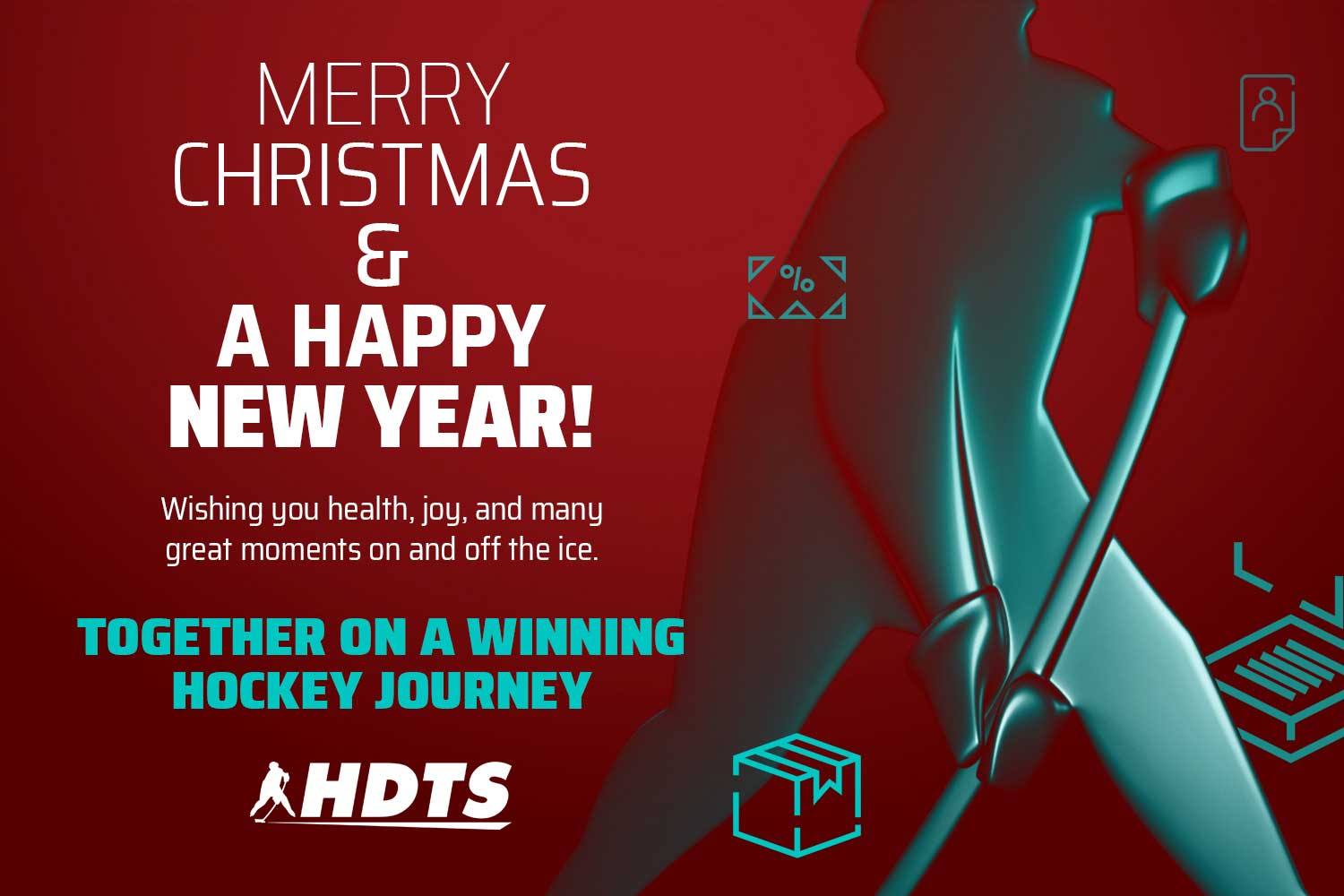
2025 was a demanding, but truly exciting year for HDTS. We expanded the global map of our centers and pushed our hockey development know-how to a new level – both in hardware and software.
One of the highlights is our new integrated skating treadmill HST A 230 007 – a 7th‑generation solution that combines treadmill, puck plate surface and smart auto‑lubrication in one unit, powered by a redesigned Fusion Skating ecosystem and advanced AI Skating Analysis. It delivers quieter operation, longer slat lifetime and fully connected monitoring to keep every session efficient and data‑driven.
We also introduced a next‑generation AI Skating Analysis system with Acceleration module, turning stride technique and starts into precise, actionable data instead of “coach’s eye” only. Together with the Instructor app and Live Delay feedback, it closes the loop from testing to targeted training and measurable progress for players at all levels.
Another important step is our new beeSPORT solution in partnership with VALD Performance, bringing TOP standard testing technology (ForceDecks, DynaMo, SmartSpeed) into one integrated ecosystem for player diagnostics and long‑term development. This joint platform connects objective testing, video feedback and training workflows into one continuous athlete journey.
In addition, we've just released our comprehensive guide on why a modern integrated skating treadmill system outperforms standalone devices – and how to evaluate options for your center. It details why our HST concept goes far beyond "just a treadmill," delivering superior player results and sustainable business performance.
Read the Guide
As the year comes to an end, we look to the future with optimism. We wish you calm and joyful holidays, time to rest, recharge and enjoy special moments with your loved ones – and we look forward to new projects, new centers and new victories together in 2026.
Merry Christmas and a Happy New Year from the HDTS Team!